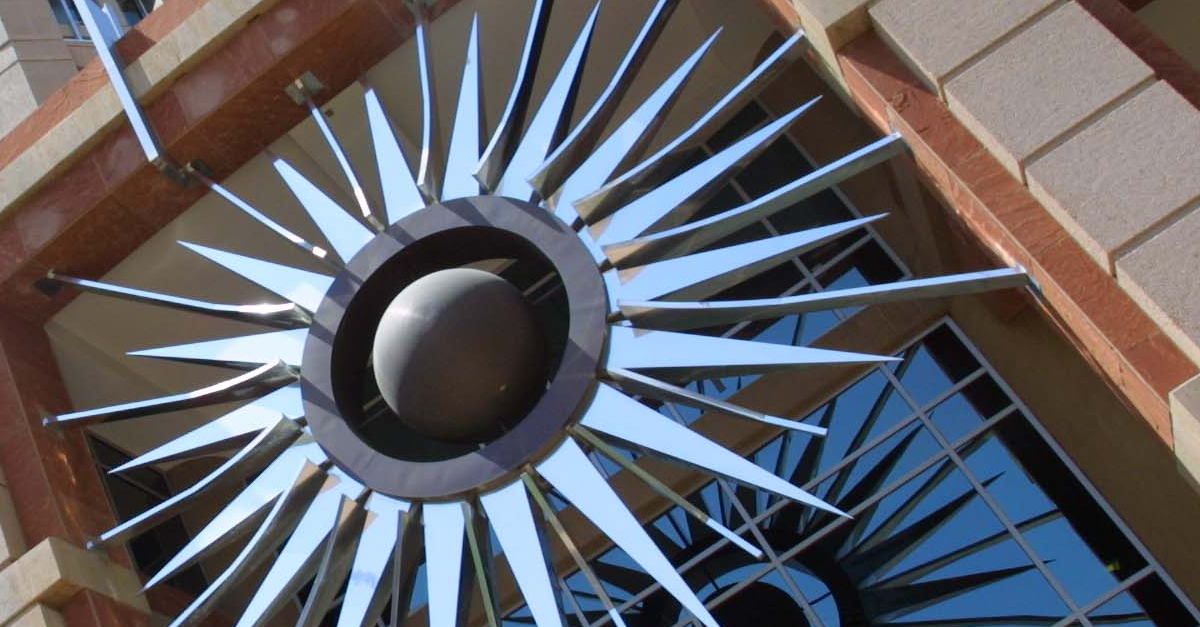Simulcast B covers the City of Phoenix, and at least a few miles around it.
Simulcast C covers the City of Chandler, the City of Maricopa, and a few miles around them.
Simulcast D covers the Anthem, Desert Hills, and New River areas.
Simulcast F covers their City of Tempe, and a few miles around it.
Simulcast G covers the West Valley. (Glendale, Peoria, Sun City, Youngtown, El Mirage, Surprise, Sun City West, Maryvale-Phoenix, Laveen, Tolleson, Avondale, Goodyear) and a few miles around them.
Simulcast H covers the City of Scottsdale, the Town of Paradise Valley, and a few miles around them.
Simulcast J covers the City of Buckeye, the City of Goodyear, and a few miles around them.
The IR sites don't carry much, if at all. Thompson Peak and the White Tanks carry K2 regularly. Towers Mtn carries K1 and K6 much of the time, if not full time. (It helps with coverage in the Wittmann area, and possibly in the northern areas of Peoria.) The Quintero site is only active if a subscriber radio is in the small community off Carefree Highway west of Lake Pleasant in far northwest Peoria.
I have all of them programmed in, and I select the appropriate simulcast(s) for where I am or will be. I avoid the rest. If you have a GPS-capable scanner, attaching a GPS to your scanner, and programming it to do so, will enable your scanner to automatically turn the sites on and off as you travel.
John
Peoria


